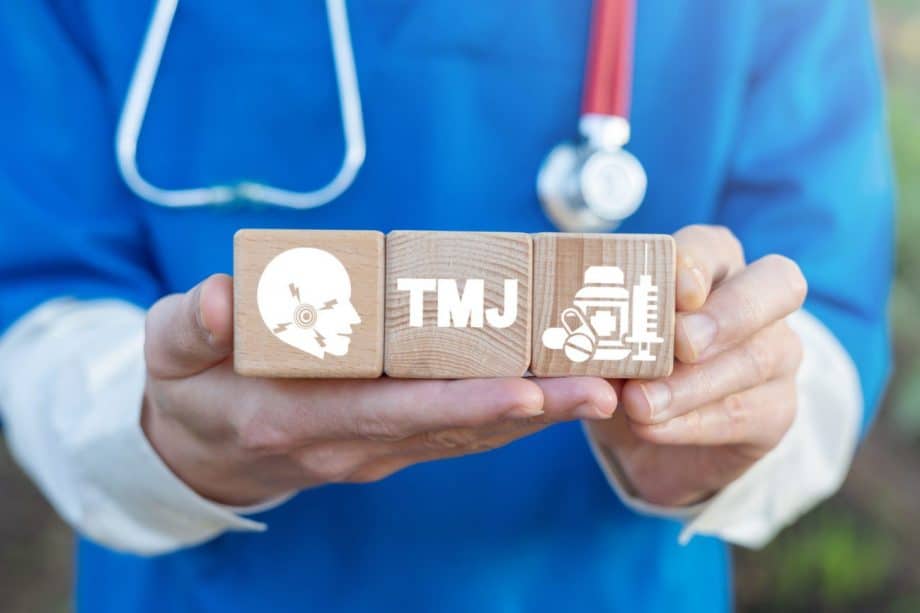For most people, when they hear “orthodontics”, straightening crooked teeth is what comes to mind. Nothing else.
What most people aren’t aware of is that there are actually 2 types of orthodontics: Traditional and TMJ (also known as functional). Both work on issues surrounding the mouth and teeth; however, TMJ orthodontics are more specialized. And for good reason!
If you need your teeth straightened, you wouldn’t think twice about going to a regular orthodontist. However, if you suffer from TMJ disorder, going to just any orthodontist could actually end up hurting rather than helping you.
There are numerous differences, besides the name, between TMJ and traditional orthodontics that are important to understand.
The Bite
The biggest and most important difference is in the way each orthodontist treats the bite of their patient. Traditional orthodontists focus on the teeth, accepting the habitual bite as the best functional bite position. As their primary focus is on straightening the teeth, this makes sense.
TMJ Orthodontists, however, do not accept the habitual bite as the best functional bite for the patient. Instead, they determine the best relationship for the jaw joints and muscles to fit together. This is because a misalignment of the jaw often causes TMJ disorder.
If you are suffering from TMJ pain, it’s important to seek the right kind of orthodontist who will treat the root cause of your pain.
Jaw + Muscle Relationship
A second difference is regarding what TMJ orthodontists look at. They don’t just look at the jaw, but at the relationships surrounding the temporomandibular joint as well.
Traditional orthodontics may only focus on the solution at hand — straightening your teeth and occasionally expanding your mouth, if needed, prior to braces. But TMJ orthodontics use the bite to help determine the cause/effect relationship that led to the dysfunctions of the jaw, mouth, bite, etc.
It’s crucial to evaluate and have a balanced relationship between joints, muscles, ligaments, upper quadrant structures and the bite. Having a basic understanding of this relationship in a particular patient will help the TMJ orthodontist craft a better treatment plan.
Holistic Care
Last, but not least, because TMJ disorder affects multiple areas of the head and body, it’s important to have a holistic approach and a well-rounded solution to treating your TMJ pain. This is something that TMJ orthodontists will keep in mind more so than traditional orthodontists.
TMJ-Orthodontic treatments must be looked at in a relationship where the joint function, muscle function, function of the upper quadrant and the dental relationships coincide. In order to have this relationship satisfied, your best bet is to find an orthodontist that takes a holistic approach to treating your TMJ pain.
In Conclusion
Your TMJ pain is as unique as you are. So, you need a treatment plan that is catered to your pain and your specific symptoms. While there is nothing wrong with a traditional orthodontist, a TMJ orthodontist is going to provide the more specialized treatment plan you need.
At TMJ, we focus on creating a holistic solution that discovers and identifies the root of your problem. We aren’t just focused on fixing a symptom, but rather treating your TMJ pain from the source. Contact us today to schedule your free consultation!
1,179 total views, 12 views today

